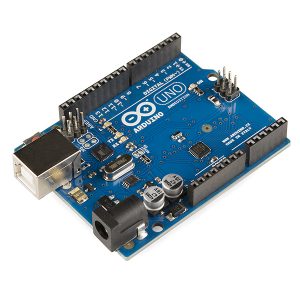What is a CanSat?

A CanSat is a representation of a real satellite, integrated within the volume and shape of a soft drink can (330 ml). The challenge for the students is to fit all the major subsystems found in a satellite, such as power, sensors and a communication system, into this minimal volume. The CanSat is then launched to an altitude of a few hundred meters by a rocket or dropped from a platform, a drone or captive balloon, and its mission begins: to carry out a scientific experiment and achieve a safe landing.
CanSats offer a unique opportunity for students to have a first practical experience of a real space projects. They are responsible for all aspects: selecting its mission, designing the CanSat, integrating the components, programming the on-board computer, testing, preparing for launch and then analysing the data.
There different CanSat-kits
In this documentation two different CanSat kits have been described:
- The AAU version 6.2 CanSat kit is based on the Arduino microcontroller
- The Andøya Space Education 2018 CanSat kit is based on the Teensy microcontroller
The version 6.2 CanSat-kits are based on an Arduino Uno board and a sensor shield board. The Andøya Space Education 2018 is based on a Teensy 3.5 and is programmed in the Arduino programming language like the other versions.
Arduino is an open-source electronics prototyping platform based on flexible, easy-to-use hardware and software. It’s intended for artists, designers, hobbyists, and anyone interested in creating interactive objects or environments. Arduino can sense the environment by receiving input from a variety of sensors and can affect its surroundings by controlling lights, motors, and other actuators.
Here are some examples on Arduino projects:
- Make an automatic night light which switches on when its dark
- Intrusion alarm
- Thermostat
- Line Follower Robot
- Ham radio Morse code keyed/propagation beacon.
- Graphical calculator that graphs serial inputs on a graphical LCD.
- Wi-Fi controlled RC-Car
Many more ideas can be found at http://arduino.cc/playground/Projects/Ideas
Version 6.2 CanSat kit:
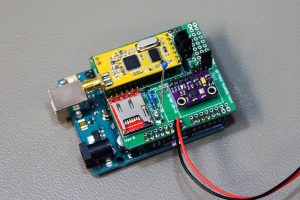
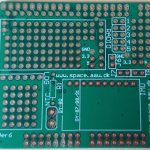
The sensor shield card has been developed at the University of Aalborg by Professor Jens Dalsgaard Nielsen and Simon Jensen. The shield has been designed to include:
- Communication radio (APC220) with antenna
- Temperature sensor (NTC 10k)
- a multiple sensor package GY-91, with pressure sensor, accelerometer, magnetometer and gyroscope
- MicroSD storage card (OpenLog)
You can find information, building instructions and a lot more for the version 6.2 CanSat here.
The Andøya Space Education 2018 CanSat kit:
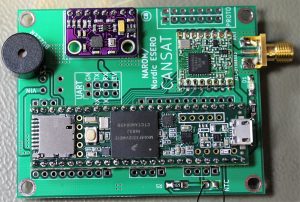
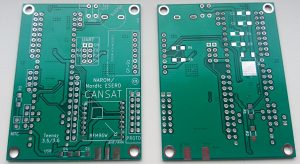
The Andøya Space Education 2018 CanSat kit is based on a Teensy 3.5 processor and includes an analogue temperature sensor and a digital sensor package GY-91.
You can find information, building instructions and a lot more for the Andøya Space Education 2018 CanSat here.

